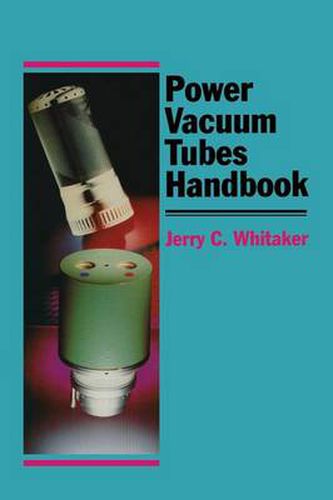Readings Newsletter
Become a Readings Member to make your shopping experience even easier.
Sign in or sign up for free!
You’re not far away from qualifying for FREE standard shipping within Australia
You’ve qualified for FREE standard shipping within Australia
The cart is loading…






This title is printed to order. This book may have been self-published. If so, we cannot guarantee the quality of the content. In the main most books will have gone through the editing process however some may not. We therefore suggest that you be aware of this before ordering this book. If in doubt check either the author or publisher’s details as we are unable to accept any returns unless they are faulty. Please contact us if you have any questions.
The phrase high technology is perhaps one of the more overused descriptions in our technical vocabulary. It is a phrase generally reserved for discussion of integrated circuits, fiber optics, satellite systems, and computers. Few people would associate high technology with vacuum tubes. The notion that vacuum tube construction is more art than science may have been true 10 or 20 years ago, but today it’s a different story. The demand on the part of industry for tubes capable of higher operating power and frequency, and the economic necessity for tubes that provide greater efficiency and reliability, have moved power tube manufacturers into the high-tech arena. Advancements in tube design and construction have given end users new transmit ters and RF generators that allow industry to grow and prosper. If you bring up the subject of vacuum tubes to someone who has never worked on a transmitter, you are likely to get a blank stare and a question: Do they make those anymore? Although receiving tubes have disappeared from the scene, power tubes are alive and well and are performing vital functions in thousands of divergent applications. Solid-state and tube technologies each have their place, each with its strengths and weaknesses. Tube design and development, although accompanied by less fanfare, is advanc ing as are developments in solid-state technology. Power tubes today are designed with an eye toward high operating efficiency and high gain/bandwidth properties.
$9.00 standard shipping within Australia
FREE standard shipping within Australia for orders over $100.00
Express & International shipping calculated at checkout
This title is printed to order. This book may have been self-published. If so, we cannot guarantee the quality of the content. In the main most books will have gone through the editing process however some may not. We therefore suggest that you be aware of this before ordering this book. If in doubt check either the author or publisher’s details as we are unable to accept any returns unless they are faulty. Please contact us if you have any questions.
The phrase high technology is perhaps one of the more overused descriptions in our technical vocabulary. It is a phrase generally reserved for discussion of integrated circuits, fiber optics, satellite systems, and computers. Few people would associate high technology with vacuum tubes. The notion that vacuum tube construction is more art than science may have been true 10 or 20 years ago, but today it’s a different story. The demand on the part of industry for tubes capable of higher operating power and frequency, and the economic necessity for tubes that provide greater efficiency and reliability, have moved power tube manufacturers into the high-tech arena. Advancements in tube design and construction have given end users new transmit ters and RF generators that allow industry to grow and prosper. If you bring up the subject of vacuum tubes to someone who has never worked on a transmitter, you are likely to get a blank stare and a question: Do they make those anymore? Although receiving tubes have disappeared from the scene, power tubes are alive and well and are performing vital functions in thousands of divergent applications. Solid-state and tube technologies each have their place, each with its strengths and weaknesses. Tube design and development, although accompanied by less fanfare, is advanc ing as are developments in solid-state technology. Power tubes today are designed with an eye toward high operating efficiency and high gain/bandwidth properties.